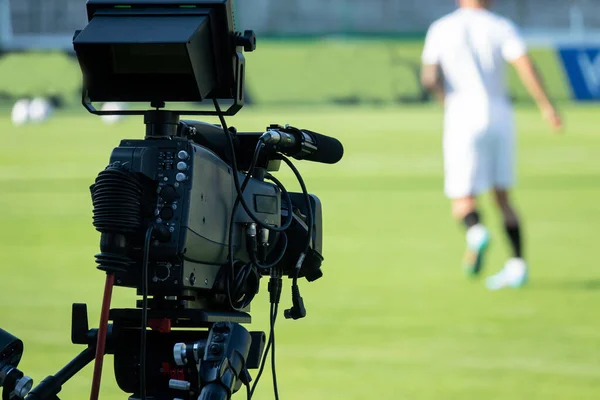Breaking Boundaries – Diversity and Inclusion in Sports Broadcasting
Diversity and inclusion are crucial pillars in the modern landscape of sports broadcasting, reshaping narratives, perspectives, and opportunities within the industry. Gone are the days when sports commentary was solely dominated by a homogeneous group. Today, breaking boundaries means embracing a mosaic of voices, backgrounds, and experiences reflect the rich tapestry of global sports culture. Inclusive representation not only mirrors the diversity of the audience but also enhances the depth and authenticity of storytelling, fostering connections with viewers on a profound level. One of the most significant shifts in sports broadcasting is the increasing visibility of women in commentary roles. Historically underrepresented, women are now breaking through barriers and claiming their rightful place in the commentator’s box. Their insights and analysis bring a fresh perspective to the game, challenging stereotypes and providing inspiration for future generations of aspiring broadcasters.

From football to basketball, tennis to cricket, female voices are enriching the commentary landscape, offering nuanced perspectives and fostering a more inclusive environment for all fans. Moreover, ethnic and cultural diversity in sports broadcasting is also on the rise, reflecting the multicultural nature of today’s sporting world. Commentators from diverse backgrounds bring unique insights shaped by their cultural heritage, enriching the narrative with a global perspective. Whether it is providing context to the significance of a cricket match in India or highlighting the cultural nuances of a soccer rivalry in South America, diverse voices add depth and authenticity to the storytelling, resonating with audiences around the world. In addition to gender and cultural diversity, the inclusion of LGBTQ+ voices is gaining traction in sports broadcasting. As society becomes more accepting and inclusive, LGBTQ+ commentators are stepping into the spotlight, bringing their perspectives and experiences to the forefront. Their presence not only provides representation for LGBTQ+ viewers but also helps challenge stereotypes and promotes understanding and acceptance within the broader sports community.
Furthermore, disability inclusion is also an essential aspect of diversifying sports 해외축구중계. Whether it is providing commentary from wheelchair users or incorporating sign language interpreters into broadcasts, efforts to make sports coverage more accessible are expanding. By amplifying the voices of disabled individuals, sports broadcasting can break down barriers and promote inclusivity, ensuring that everyone can participate in the excitement of the game, regardless of their physical abilities. In conclusion, diversity and inclusion are transforming the landscape of sports broadcasting, ushering in a new era of representation and authenticity. By embracing a wide range of voices, backgrounds, and experiences, broadcasters can create richer, more meaningful narratives that resonate with audiences on a global scale. Whether it is through gender parity, ethnic diversity, LGBTQ+ inclusion, or disability representation, breaking boundaries in sports broadcasting is not just about reflecting the world as it is but also shaping a more inclusive and equitable future for all.



